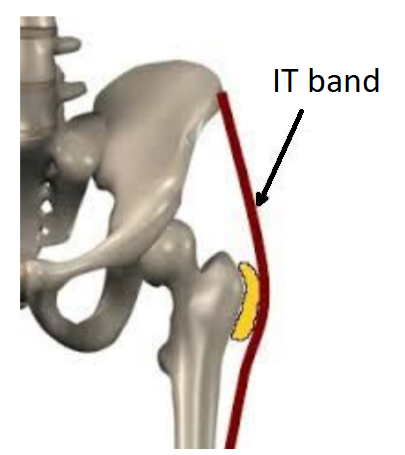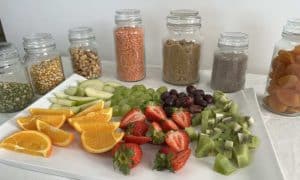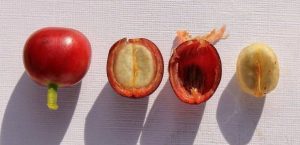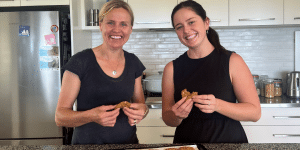Greater Trochanteric Pain Syndrome Guide

What is Greater Trochanteric Pain Syndrome?
Greater Trochanteric Pain Syndrome (GTPS) is a term used to describe chronic pain overlying the outside of the hip. It occurs with a higher prevalence in women and patients with coexisting lower back pain, osteoarthritis, and obesity. In the athletic community, it is more common in long distance runners.
The term GTPS is incorrectly interchanged with “trochanteric bursitis”, however the cause is often multifactorial, involving lower back, pelvic, and gluteal muscles. The bursae (there are four in the region) are small fluid filled sacs with an inner layer of viscous fluid that provides a cushion between bone and soft tissues around a joint.
The Trochanteric Bursae sit between the outer part of the thigh bone (femur) and the iliotibial band (ITB). This helps to reduce friction between these structures but can be injured through repetitive overloading or traumatic injury.
It is very rare for bursitis to be the only diagnosis, and most commonly exists as a result of weak gluteal and pelvic muscles. This results in an overload of the bursae, causing them to become inflamed.

Management of GTPS begins with a detailed assessment of the pelvis and hip to determine the involvement of specific muscle groups.
One common sign of gluteal weakness is the “Trendelenberg Sign” which indicates weakness of gluteus medius and minimus when standing on a one leg. The shift of the pelvis squashes the bursae between the bone and ITB and this can happen repetitively with activities such as walking and running.

Due to the repetitive nature of this type of injury, most people presenting with GTPS will have some “wear and tear” of these gluteal muscles, which may progress to a tear if left unattended. This can be seen on ultrasound or MRI scans.
Treating Greater Trochanteric Pain Syndrome
Treatment focuses on establishing a program to improve stability by increasing muscle activation patterns around the pelvis and hip. This progresses into a strengthening program with other exercises that target the tight muscle groups.
Given the relatively extended period over which symptoms develop, the recovery also takes time to improve the tendon quality and muscle strength. The longer the symptoms have been present, the longer it usually takes.
While the mainstay of treatment is a specific exercise program, improvements take place over months rather than weeks and may need other intervention by other medical professionals, such as Sports Medicine Physicians.
If you suspect you may have Greater Trochanteric Pain Syndrome, try:
- Avoiding lying on the sore side overnight, or use a ring cushion
- Reduce walking or running activities to minimise aggravation
- Regular ice to reduce inflammation of the bursae
- An experienced physiotherapist is invaluable for this complex condition to further assess your hip and devise a specific program to get you back moving better
If you would like the advice of an experienced physiotherapist please book an online appointment or call us here






